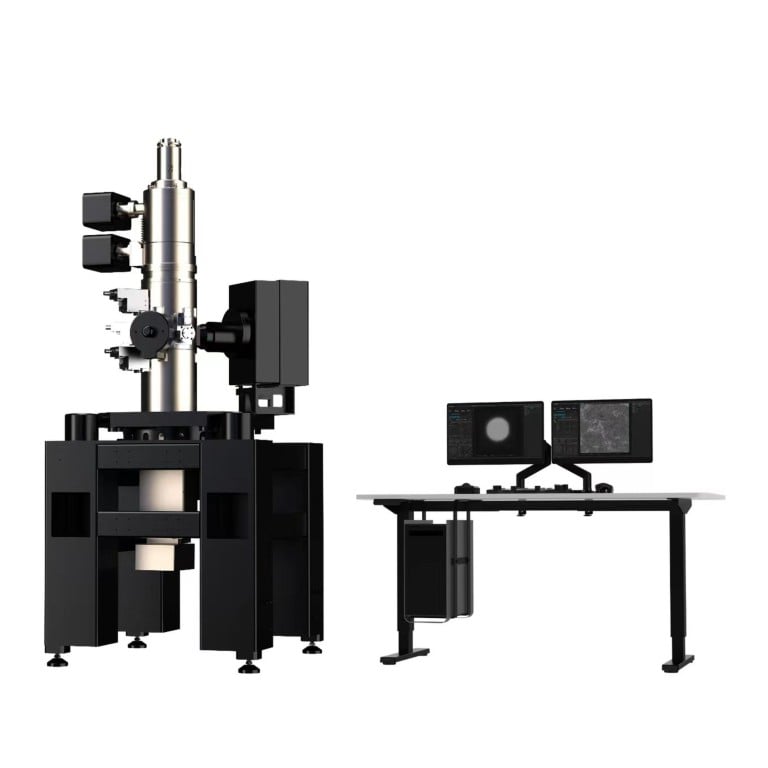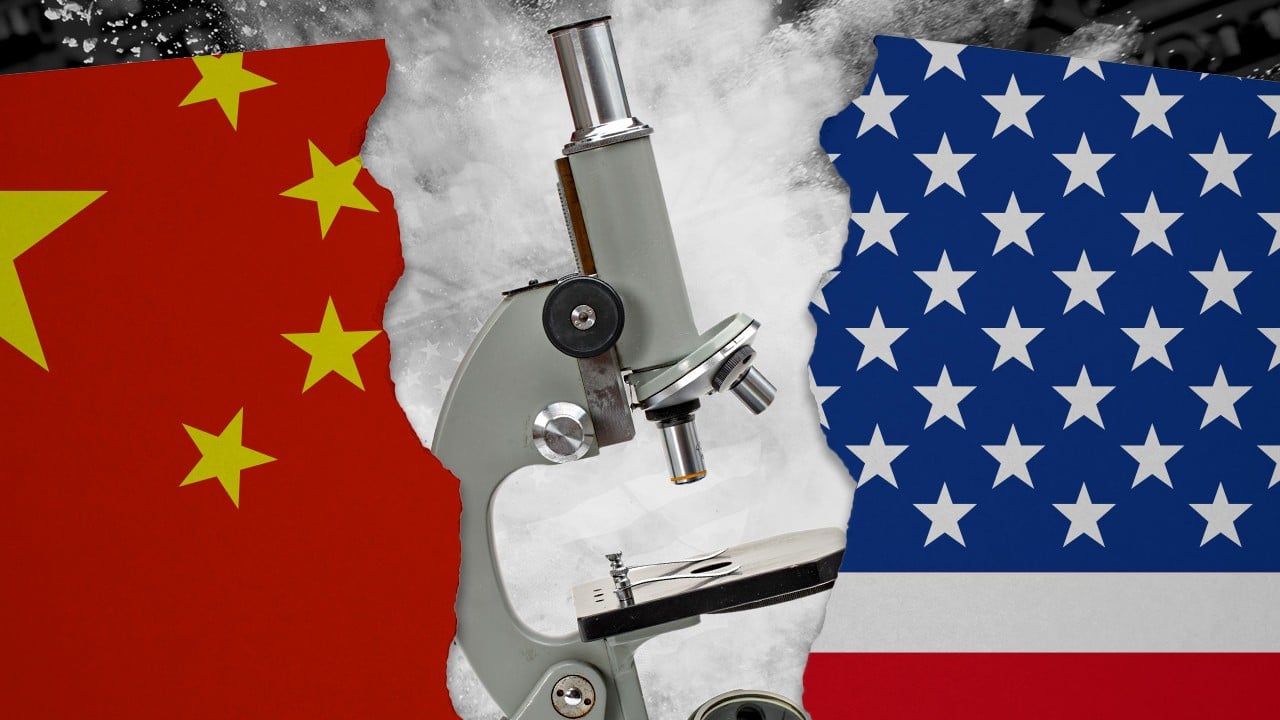
China enters hi-tech imaging race with new ‘core’ electron microscope for semiconductor industry
- Guangzhou-based lab unveils equipment with high hopes of replacing imports, report says
- The instruments are one of 35 ‘choke point’ technologies the country aims to master
State-run Science and Technology Daily reported on Saturday that the Guangzhou-based research institute Bioland Laboratory had built the country’s first transmission electron microscope, called the TH-F120.
The report said China had now mastered the “core technologies” for the microscopes and could mass produce the machines, allowing the country to “break” its complete dependence on imports.
The advance could give strong support to cutting-edge scientific and industrial areas such as materials science, life sciences and semiconductors, it added.
The microscopes send a beam of electrons through an extremely thin specimen to generate a high-resolution image, a technique that is central to developing new nanostructured semiconductor materials, according to AZoNano, a technology news site.
The Science and Technology Daily report said that compared with imported versions, the TH-F120’s thermal emission electron gun generated “brighter and more stable emissions”. The images were also highly detailed, it said.
In 2018, the newspaper, which is affiliated with the Ministry of Science and Technology, listed the microscopes as one of the 35 “stranglehold” or “choke point” technologies that China needed to develop.
More sanctions have been imposed since, restricting Chinese access to semiconductor technology.
Major global players in the microscope technology include Japanese companies JEOL and Hitachi, as well as US firm FEI.
China spent 3 billion yuan (US$416 million) in 2022 to import 300 of the microscopes, Guangzhou Daily reported.
That year, the global market for the equipment was valued at US$825 million, with projections for it to top US$1 billion by 2028, according to an industrial report published last year.
Over the past three years, Bioland has been spearheading China’s efforts to develop the technology and become the first Chinese player in the market.
Scientific and technological self-reliance has been one of Chinese President Xi Jinping’s repeated policy themes.
On Friday, Xi renewed his call for “high-quality development” in a message to attendees at the National Engineer Awards, according to state news agency Xinhua.
Xi said he hoped the country’s engineers and technicians would have the courage to make breakthroughs in core technologies in key fields, the report said.
Over the past year, the US and its allies have stepped up restrictions on China’s access to advanced chips and related equipment, citing national security concerns.



